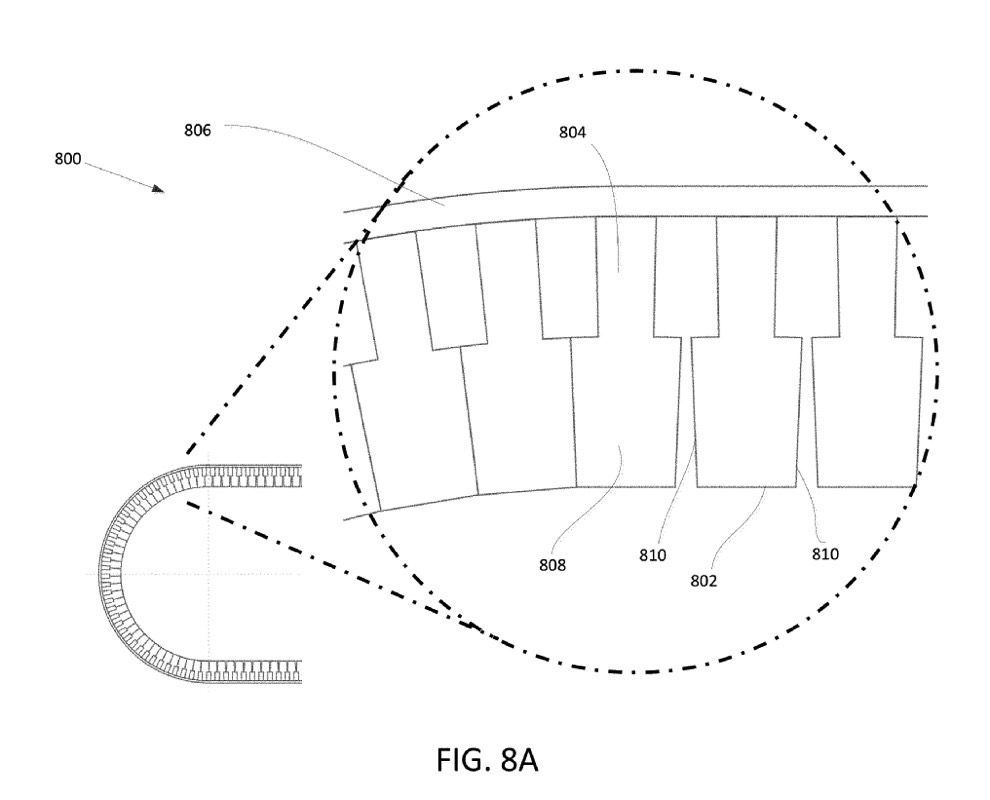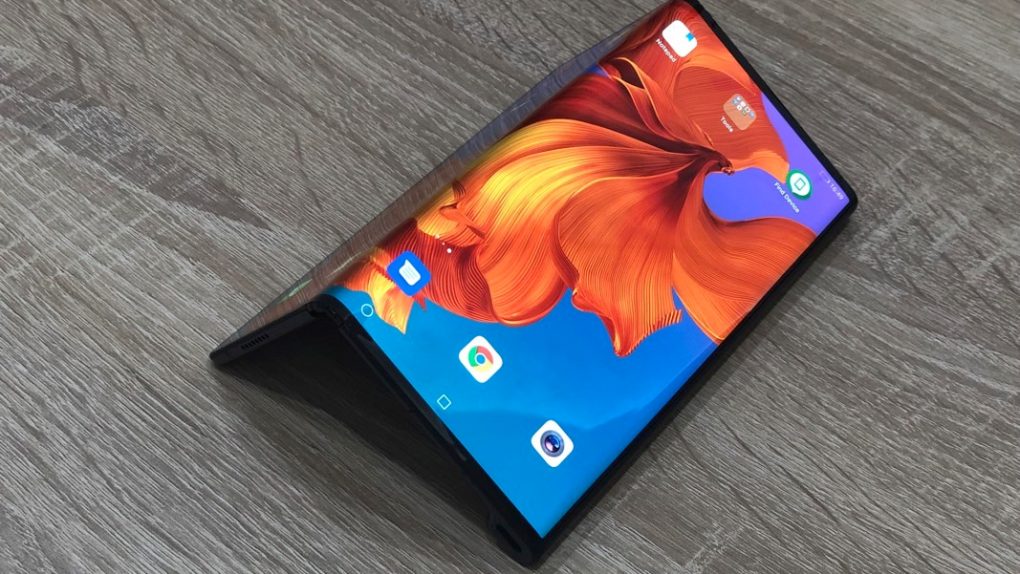If it wasn’t already clear, the newest trend in mobile this year is the foldable screen. Samsung and Huawei have already launched two foldable devices, while other companies confirmed that similar mechanisms are in the making or teased early foldable phone concepts. Not everyone. We’ve known for a while now that other tech giants including Apple and Microsoft have been studying foldable devices of their own, although they’re yet to make any announcements. And as of this week, we know that Google may also launch a foldable Pixel phone at some point in the future.
Google this year is expected to launch a the Pixel 3 Lite (or Pixel 3a) series of affordable devices, as well as the Pixel 4 flagships, but there’s no indication that a foldable phone might be in the works.
However, Google’s recently released Android Q Beta 1 software update does come with support for foldable phones (see image below). And we do know from Samsung that Google was involved in creating the new Android experience for the Galaxy Fold foldable. This is already a sign that Google is interested in foldable devices and wants to ensure that users would get a great Android experience on devices that can quickly switch between laptop and tablet mode.
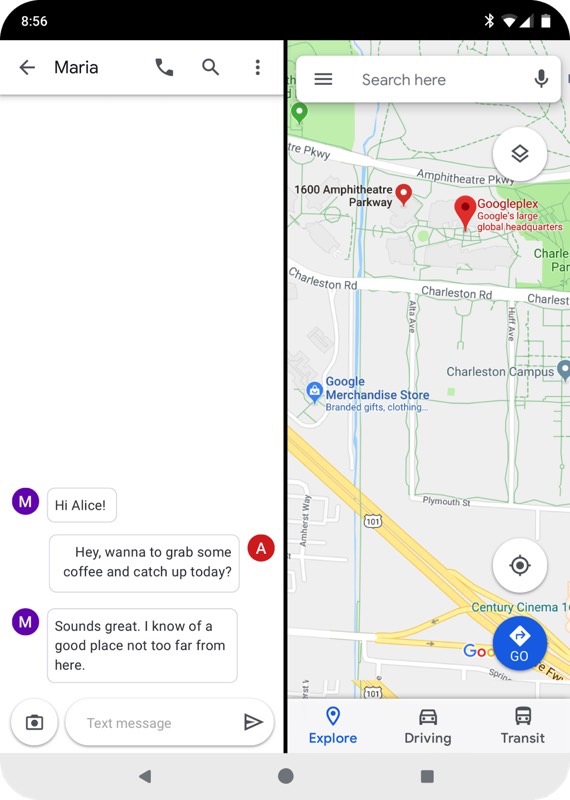
But a patent application, first found by Patently Apple reveals that Google has been actively studying foldable screen technology.

Titled Foldable display neutral axis management with thin, high modulus layers, the application was submitted with WIPO last June and published in mid-December. The Galaxy Fold was unveiled in two stages, in early November and mid-March, while the Huawei Mate X was announced at MWC a few days after the Fold.
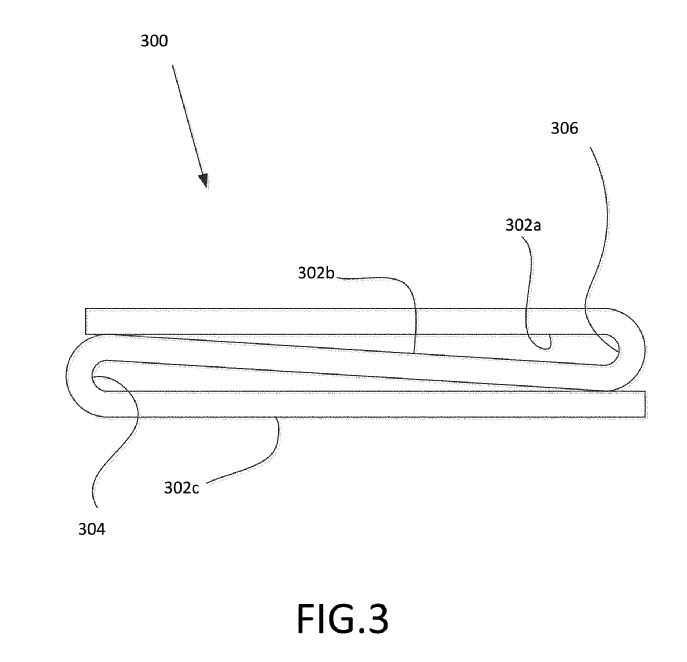
The Google patent features imagery that suggests Google is considering a foldable smartphone design that looks more like the Galaxy Fold than the Huawei Mate X, with the foldable screen placed internally. However, Google is also looking at the possibility of folding a display around two hinges, that would give the device a “Z-fold” aspect. Google seems interested in developing technology that would allow it to manufacture durable, foldable handsets:
It can be difficult to create foldable top-emitting plastic OLED displays that have a small folding radius in both directions (i.e., having two surfaces of the display fold both towards each other and away from each other) and that can survive many fold-unfold cycles. In particular, creating sturdy, durable Z-fold displays (i.e., displays with both inward and outward folds) is greatly complicated by the fragility of the thin-film layers in the display stack.
The patent explains how a foldable display would be built, which is very interesting considering that Google doesn’t make displays of its own. For a foldable Pixel phone, Google would have to order screens from Samsung, LG, and other display makers that can make foldable/flexible OLED panels. The patent suggests that Google would not go for off-the-shelf parts, and it’ll have particular requirements from display makers. A report said not too long ago that Samsung sent both Apple and Google foldable display samples.
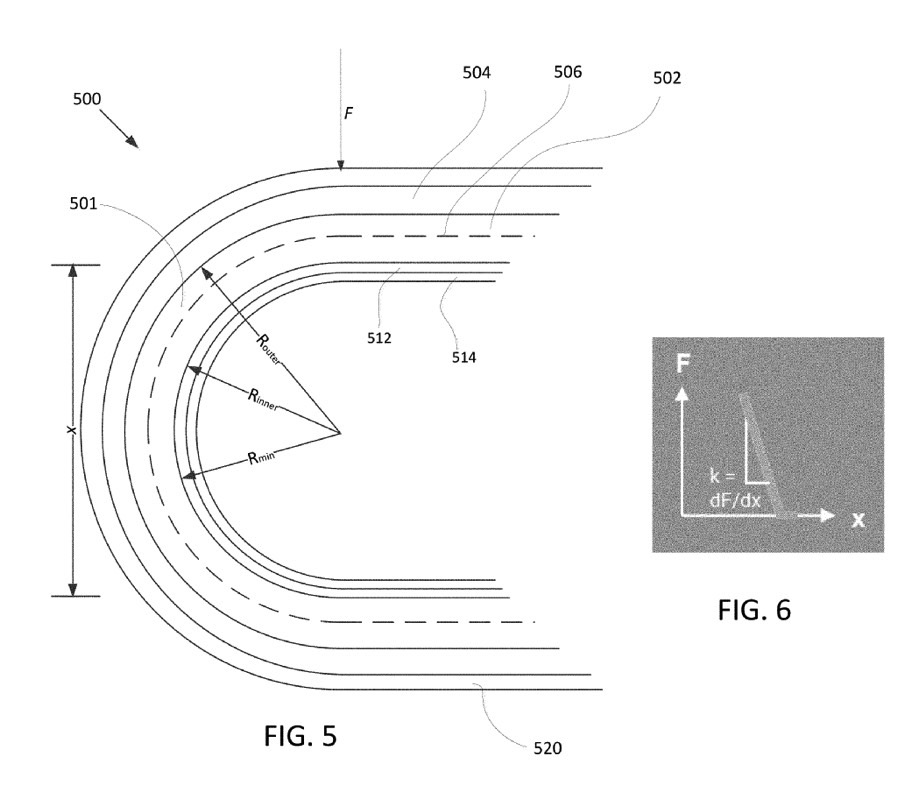
That said, there’s no telling when Google will launch a foldable Pixel phone, but the fact that Google is looking at ways of manufacturing sturdy foldable devices seems to suggest it’s seriously considering the new form factor.
